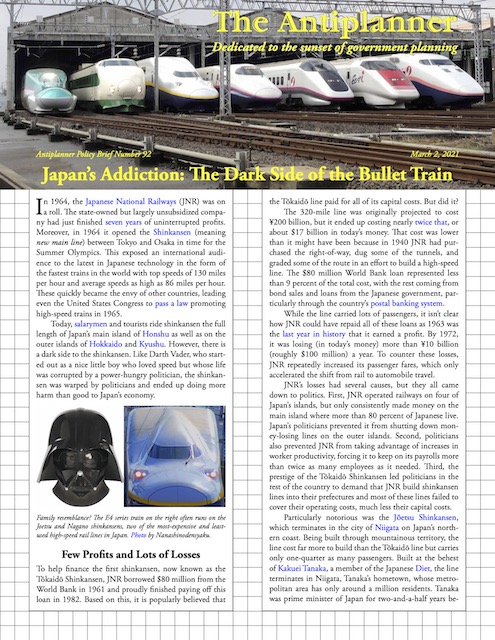Ridership on New York City subways is down by 67 percent from before the pandemic. Metropolitan Transportation Authority CEO Sarah Feinberg says it is all the media’s fault.
The MTA “was really ill-served by some of the early coverage of the pandemic,” she says. “People started thinking, ‘the last place I want to be is in a crowded subway car.'” She claims that “study after study” has found that transit was not “vectoring the virus.”
The New York Post article reporting on her statement snarks that she made it “without referencing specific studies.” But what do you expect? The Post, after all, is part of the media. Continue reading








